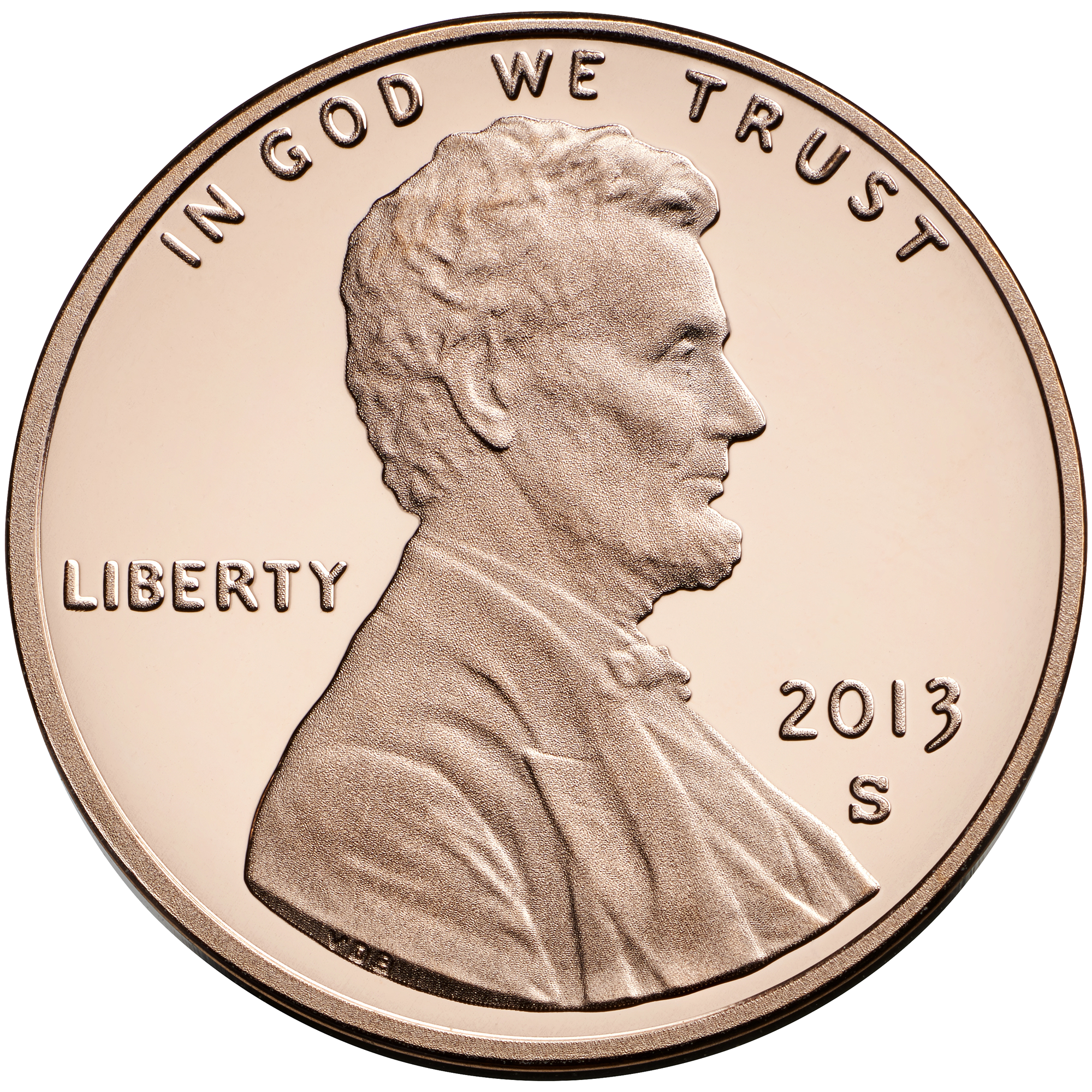The American one cent coin, commonly known as the penny, has a rich history and has undergone several design changes since its inception. Here are the key details about the American one cent coin:
Key Facts
- Denomination: One cent ($0.01)
- Composition: Initially copper, then copper-alloy, and now primarily zinc with a copper coating.
- Diameter: 19.05 mm
- Weight: Varies depending on composition (3.11 grams for copper coins, 2.5 grams for modern zinc coins)
Historical Evolution
- Flowing Hair Large Cent (1793-1796):
- The first one cent coin minted by the United States.
- Design: Lady Liberty with flowing hair on the obverse and a wreath on the reverse.
- Draped Bust Large Cent (1796-1807):
- Design: Draped bust of Liberty on the obverse and an updated wreath on the reverse.
- Classic Head Large Cent (1808-1814):
- Design: Updated portrait of Liberty with a cap on the obverse and a simple wreath on the reverse.
- Matron Head Large Cent (1816-1839):
- Design: A mature depiction of Liberty on the obverse and a refined wreath on the reverse.
- Braided Hair Large Cent (1839-1857):
- Design: A slightly modernized Liberty on the obverse with a detailed wreath on the reverse.
- Flying Eagle Cent (1856-1858):
- Transitioned to a smaller size.
- Design: Flying eagle on the obverse and a wreath on the reverse.
- Indian Head Cent (1859-1909):
- Design: Liberty wearing a Native American headdress on the obverse and a wreath with a shield on the reverse.
- Lincoln Wheat Cent (1909-1958):
- Introduced to honor Abraham Lincoln.
- Design: Portrait of Lincoln on the obverse and two wheat stalks on the reverse.
- Lincoln Memorial Cent (1959-2008):
- Design: Lincoln’s portrait on the obverse and the Lincoln Memorial on the reverse, marking the 150th anniversary of Lincoln’s birth.
- Lincoln Bicentennial Cent (2009):
- Four different reverse designs to commemorate the 200th anniversary of Lincoln’s birth and the 100th anniversary of the Lincoln cent.
- Designs: Depictions of Lincoln’s early life and career.
- Lincoln Shield Cent (2010-present):
- Design: Lincoln’s portrait on the obverse and a shield on the reverse, symbolizing the Union.
Composition Changes
- 1793-1837: Pure copper.
- 1837-1857: Copper (88%) and nickel (12%).
- 1857-1864: Copper (88%) and nickel (12%).
- 1864-1982: Bronze (95% copper, 5% tin and zinc).
- 1943: Steel coated with zinc (due to copper shortages during World War II).
- 1982-present: Copper-plated zinc (97.5% zinc, 2.5% copper).
Collecting and Value
- Rarity and Condition: The value of a one cent coin varies widely based on its rarity, historical significance, and condition. Coins from the 18th and early 19th centuries, as well as error coins, are particularly valuable.
- Key Dates: Some of the most sought-after pennies include the 1909-S VDB, 1914-D, and 1955 doubled die Lincoln cents.
- Grading: Coins are graded on a scale from Poor (P-1) to Perfect Uncirculated (MS-70), with higher grades being more valuable.
The American one cent coin has a rich history reflecting changes in design, composition, and cultural significance over more than two centuries. From the early large cents to the modern Lincoln Shield cent, these coins offer a fascinating glimpse into America’s numismatic heritage. Collectors prize these coins for their historical value, artistic designs, and the stories they tell about the
